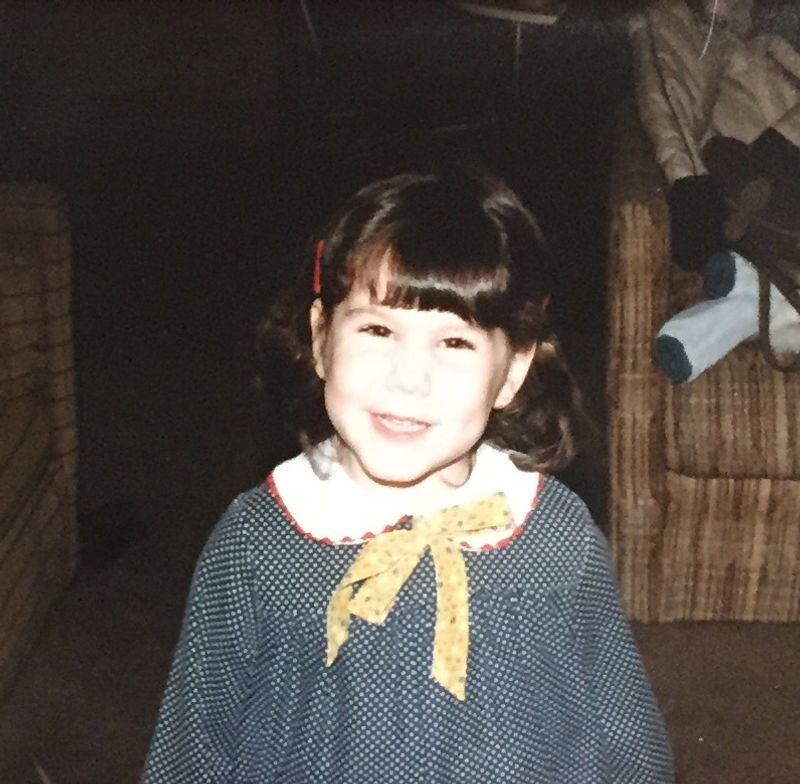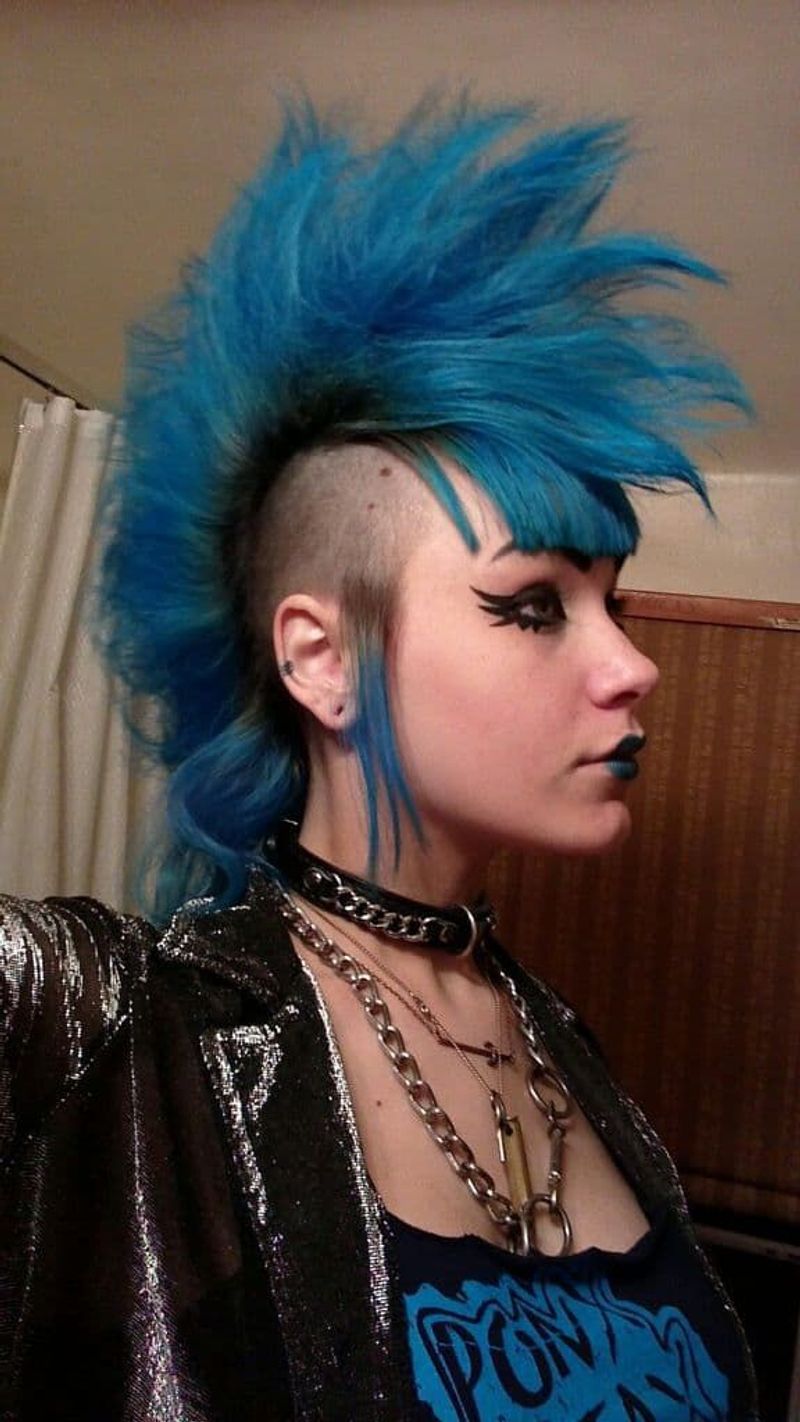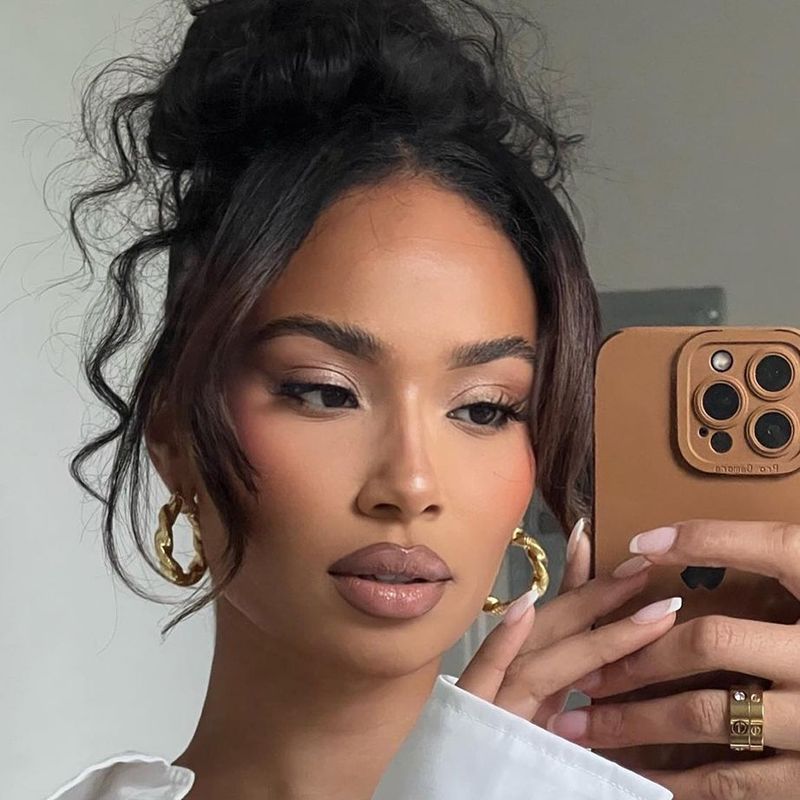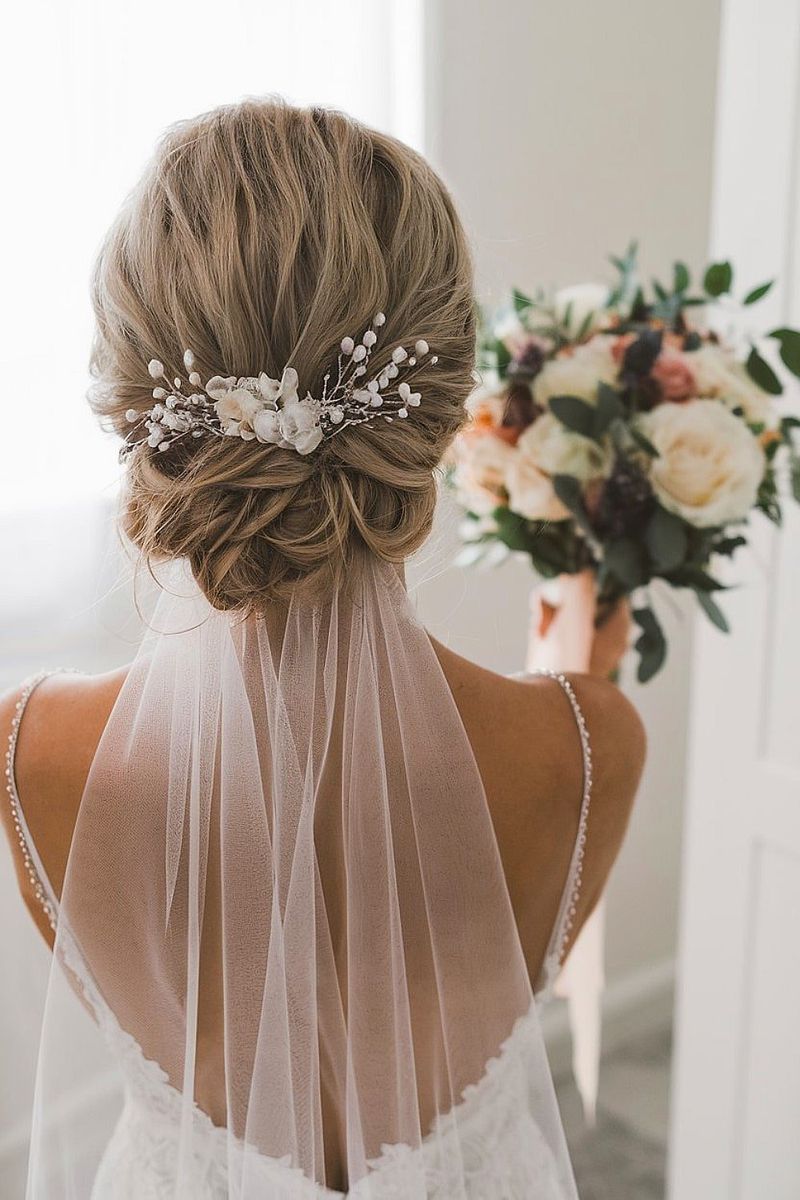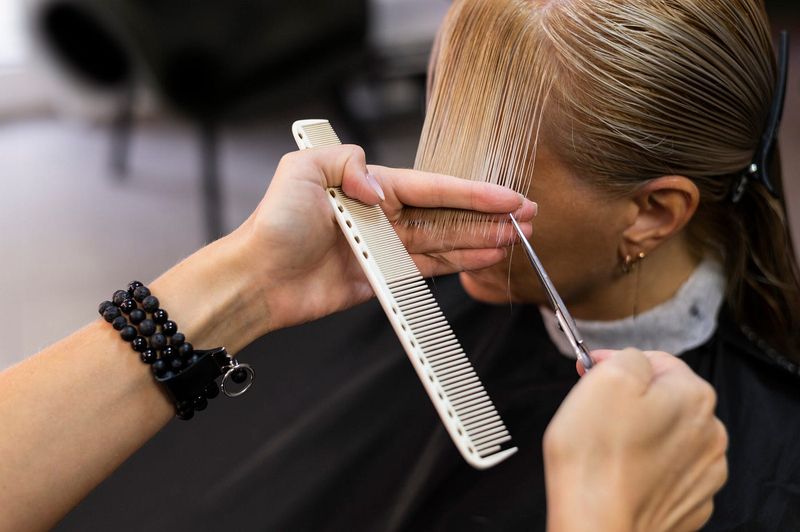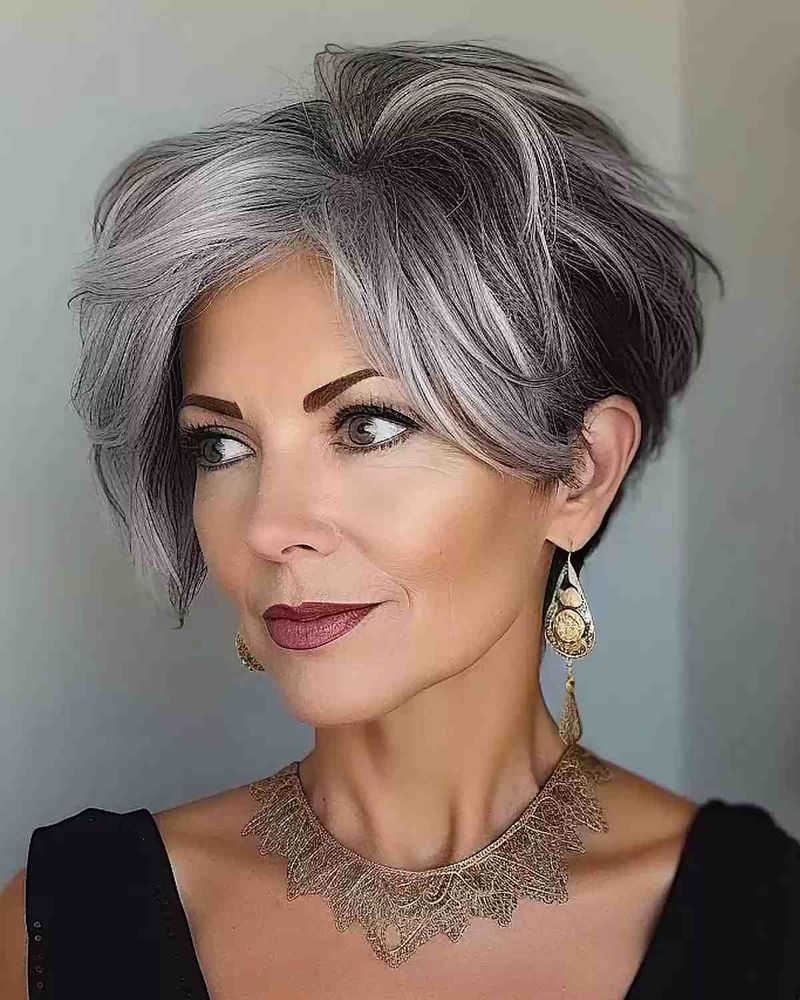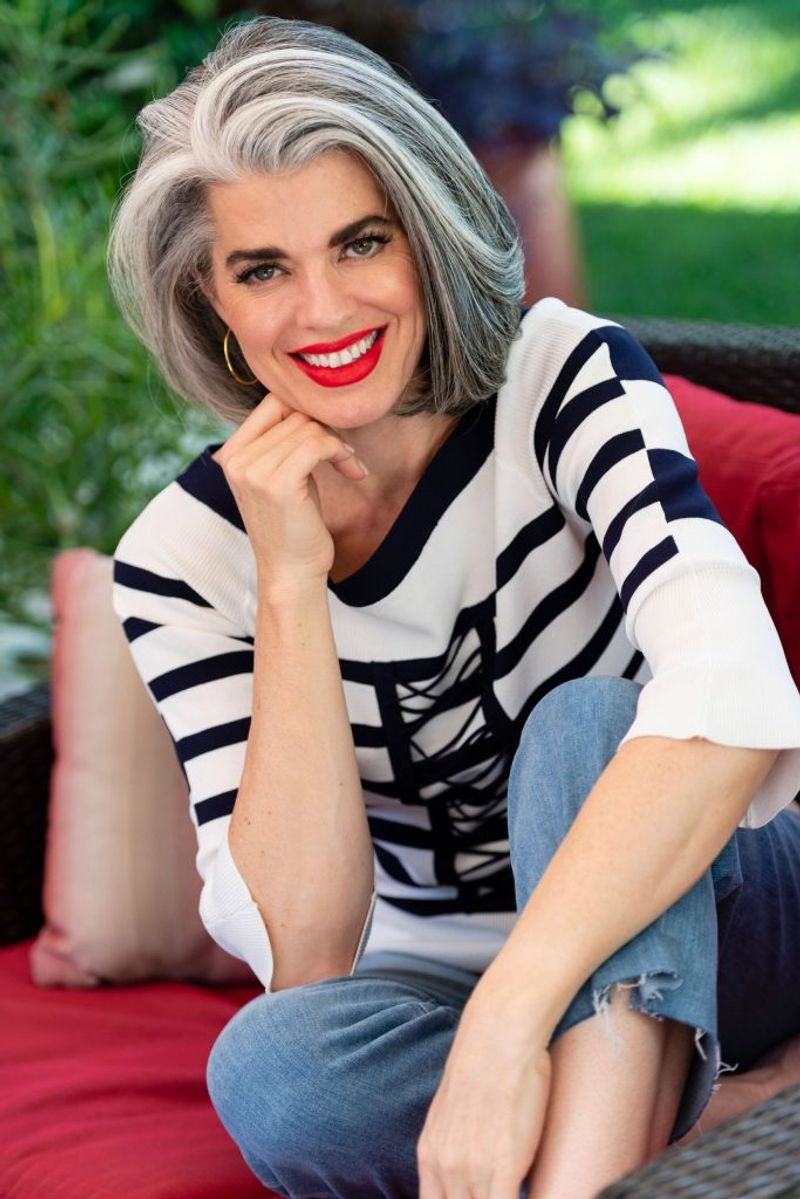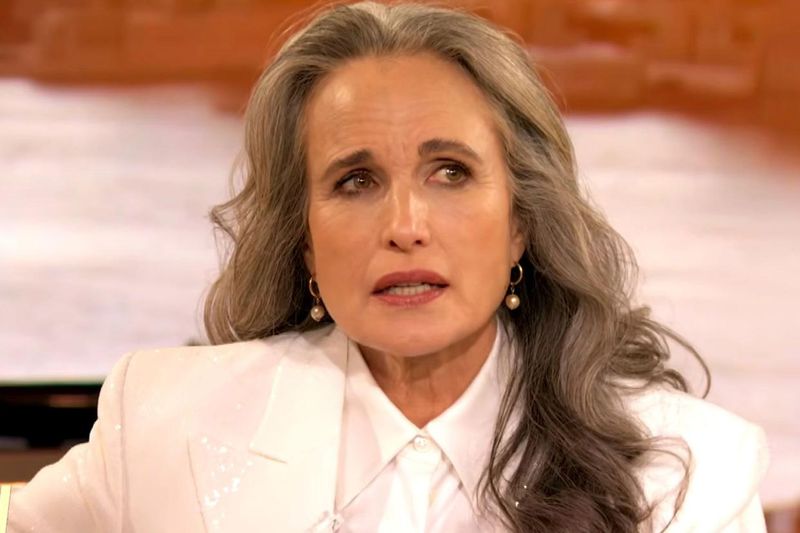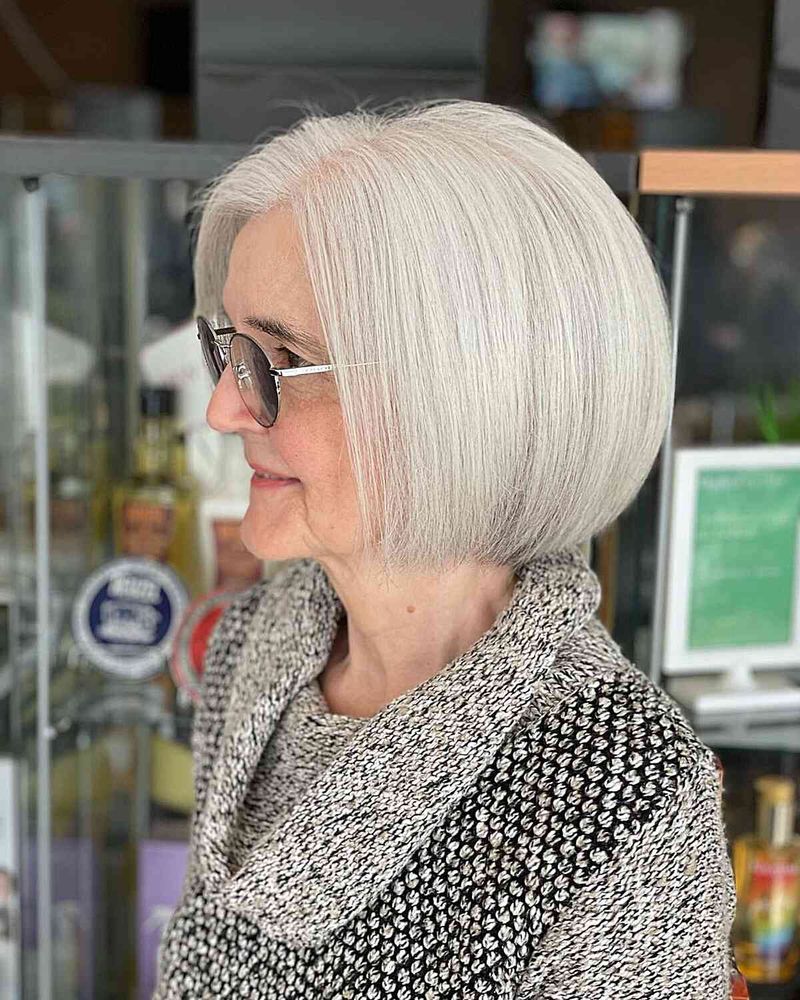Our hair tells a story that goes far beyond fashion trends. Like the rings of a tree, our hairstyles mark the chapters of our journey through life. From childhood bowl cuts to gray-embracing silver waves, each snip, color, and style represents something deeper about where we’ve been and who we’re becoming. Let’s explore how our hair transforms alongside us, mirroring our life’s changing seasons.
1. The Carefree Childhood Bangs
Those straight-across bangs from elementary school photos weren’t just a practical choice by mom. They symbolized innocence and simplicity, a time when hair was the least of our worries. Remember how they’d stick to your forehead during playground games?
Many of us look back at these no-nonsense cuts with a mixture of embarrassment and nostalgia. Yet these uncomplicated styles reflected our uncomplicated lives – before we discovered hair gel, before we cared what others thought.
Related: -7 Straight-Hair Problems No One Talks About And 8 Easy Fixes That Shine
In their imperfection (often trimmed at home with kitchen scissors), childhood bangs captured the beautiful simplicity of being young, when a bad haircut was forgotten by recess time.
2. The Rebellious Teen Experiment
Nothing screams adolescent self-discovery quite like that first dramatic hair transformation. Whether it was chunky highlights, a jet-black dye job, or that regrettable at-home pixie cut, teenage hair choices often serve as our first canvas for self-expression.
Parents might have gasped, but these bold choices were crucial identity markers. Each radical change announced to the world: “I’m figuring out who I am!” The blue streaks or shaggy layers weren’t just about looking different – they were about feeling different.
Even decades later, many adults can pinpoint major teenage milestones by their hair phases, proof that these experimental styles were more than just fashion – they were declarations of emerging selfhood.
3. The College Transformation Cut
Stepping onto campus often inspires that first truly independent haircut. Away from home’s influence, many students mark this new chapter with a fresh style that feels more “adult.” The college cut typically balances practicality (who has time for maintenance during finals?) with growing confidence.
For some, it’s finally growing out what parents never allowed. For others, it’s chopping off length for something more sophisticated. Either way, the college transformation reflects newfound freedom.
These styles tend to be more intentional than teen experiments but still playful enough to say, “I’m figuring things out.” Years later, alumni often look back at graduation photos and see not just a degree earned, but an identity taking shape.
4. The First Job Interview Polish
Remember that moment when you realized your casual college look wouldn’t cut it for professional life? That first “grown-up” haircut marks our entrance into the working world, often trading personality for polish and conformity.
The job interview cut typically involves taming what once expressed individuality. Natural curls get straightened, vivid colors fade to acceptable highlights, and lengths become more moderate. It’s a visual contract with adulthood that says, “Take me seriously.”
While sometimes feeling like a compromise, this transition style represents something powerful – the recognition that presentation matters in certain contexts. It’s less about surrendering identity and more about adding another dimension to who we’re becoming.
5. The Wedding Day Crown
Whether elaborate or simple, wedding hairstyles represent perhaps the most photographed hair day of our lives. More than just looking perfect, these special-occasion styles symbolize transition, celebration, and the weight of tradition.
Many spend months planning this singular style, choosing between wearing hair up (symbolizing sophistication) or down (representing freedom). Cultural elements often weave in – flower crowns, special combs, veils, or family hairpieces that connect generations.
Years later, wedding albums capture not just the style itself but a moment when we presented our most idealized self. Even those who normally care little about hair often find themselves swept up in the significance of how they’ll wear it when marking this milestone.
6. The New Parent Practicality Cut
Nothing tests hair priorities like those first sleep-deprived months of parenthood. The transformation is often dramatic – long locks chopped to shoulder-length or shorter, elaborate styles simplified, and high-maintenance colors growing out to reveal natural roots.
This isn’t just about having no time for styling. The new parent cut represents a fundamental shift in identity and priorities. Many describe this transition as liberating rather than limiting – a recognition that certain forms of self-expression now take a backseat to practicality.
There’s beauty in these simplified styles that withstand baby tugs and can be managed one-handed. They mark a time when loving someone else becomes more important than looking a certain way ourselves.
7. The Divorce or Breakup Reinvention
“I need something completely different” – words spoken in countless salon chairs following relationship endings. The post-breakup cut represents one of life’s most powerful hair transformations, often serving as both symbolic release and reclamation of identity.
These dramatic changes – going short after years of length, adding bold color, or completely changing texture – aren’t just about looking different from when you were coupled. They’re physical manifestations of emotional work, announcing to yourself and others that you’re entering a new chapter.
Psychologists recognize the therapeutic value in these changes. By altering our external appearance during internal transition, we create a visual bridge between who we were and who we’re becoming – control in a time that often feels uncontrollable.
8. The Career Advancement Power Cut
Mid-career hair often evolves to align with professional ambitions and workplace culture. The power cut isn’t just about looking the part – it’s about feeling equipped to command respect and project authority in spaces where appearance carries weight.
For some, this means embracing signature styles that become part of their professional brand – the perfect silver bob, the impeccable fade, or the consistently polished waves. Notice how many successful leaders maintain recognizable, unchanging hairstyles year after year.
These intentional choices reflect understanding that in professional settings, consistency can signal reliability. While seeming superficial, these strategic styles acknowledge the reality that presentation impacts perception, especially for those pushing against glass ceilings or navigating male-dominated industries.
9. The Midlife Freedom Expression
Around midlife, many experience a liberating hair renaissance. After years of conforming to expectations, there’s often a glorious “who cares what others think?” moment that manifests right on top of our heads.
This might mean finally trying that pixie cut, embracing natural texture after decades of straightening, or experimenting with vivid colors previously considered too youthful. The midlife expression isn’t rebellion so much as reclamation – taking back personal style from external judgments.
What makes these transformations special is their authenticity. Unlike teenage experiments driven by peer influence, these changes reflect hard-earned self-knowledge. They announce: “I’ve spent enough time living for others’ approval – this phase is for me.”
10. The Gray Embrace or Resistance
Few hair decisions become as politically and personally charged as how we respond to graying hair. The choice to cover with monthly color appointments or proudly showcase silver strands represents more than aesthetics – it reflects our relationship with aging itself.
The pandemic sparked a gray revolution when salon closures forced many to confront their natural color. Some discovered liberation in abandoning the expensive, time-consuming cover-up routine, while others eagerly returned to coloring, viewing it as self-care rather than concealment.
Neither choice lacks courage. Embracing gray means challenging youth-obsessed beauty standards, while maintaining color can represent refusing to be limited by age expectations. Both paths require determining whose gaze matters most – society’s or our own.
11. The Empty Nest Refresh
When children leave home, many parents mark this major life transition with significant hair changes. After years of practical parenting styles, the empty nest refresh often incorporates elements of self-rediscovery and celebration.
This transition typically involves reclaiming time for self-care and style exploration. Parents who spent decades in rushed ponytails might invest in regular blowouts. Those who maintained conservative cuts while raising kids might experiment with length, color, or texture they’d previously considered impractical.
These refreshed styles aren’t about looking younger but about visually marking a new life phase with more personal freedom. They acknowledge the bittersweet reality that while the intense parenting years have passed, new opportunities for self-expression have just begun.
12. The Retirement Ease Cut
Stepping away from work often inspires hairstyle shifts that prioritize enjoyment over professional image. The retirement cut typically balances decreased maintenance with increased pleasure – no more rushing to look presentable for early meetings!
Many retirees experiment with styles they couldn’t wear in professional settings. Men might grow beards or longer hair after decades of clean-cut requirements. Women often choose softer, less structured styles that require fewer products and tools.
These transitions aren’t just practical adjustments but celebrations of freedom from workplace appearance expectations. The best retirement styles honor this new life phase by incorporating elements of both practicality and personality – reflecting wisdom earned while embracing the liberation that comes with no longer needing to impress anyone.
13. The Grandparent Glow Up
Becoming a grandparent often coincides with renewed attention to appearance, particularly hairstyles. Unlike the practical cuts of early parenthood, grandparent styles frequently combine ease with elegance – sophisticated looks that stay put while bending to hug small children.
Many grandparents describe wanting to look their best in family photos that will be treasured for generations. This often means investing in quality cuts that frame the face flatteringly and complement natural changes in hair texture and density.
There’s a beautiful confidence in these styles – they aren’t trying to look younger but rather the best version of exactly the age they are. They represent a full-circle moment from the practical parent cut decades earlier to a style that honors both practicality and the special joy of this new family role.
14. The Simplified Senior Dignity
In later years, hairstyles often evolve to balance dignity with practicality. Physical limitations may make elaborate styling difficult, leading to simplified cuts that still maintain personal identity and style preferences developed over decades.
These adaptations might include shorter lengths that require less washing and drying, styles that disguise thinning areas, or cuts that accommodate hearing aids or other health necessities. Far from surrendering to age, these thoughtful adjustments represent wisdom in working with natural changes.
The most beautiful senior styles maintain elements of the individual’s lifelong preferences while adapting to new realities. They remind us that personal expression through hair continues throughout life – changing form perhaps, but never losing its power to reflect who we are and what we value.


